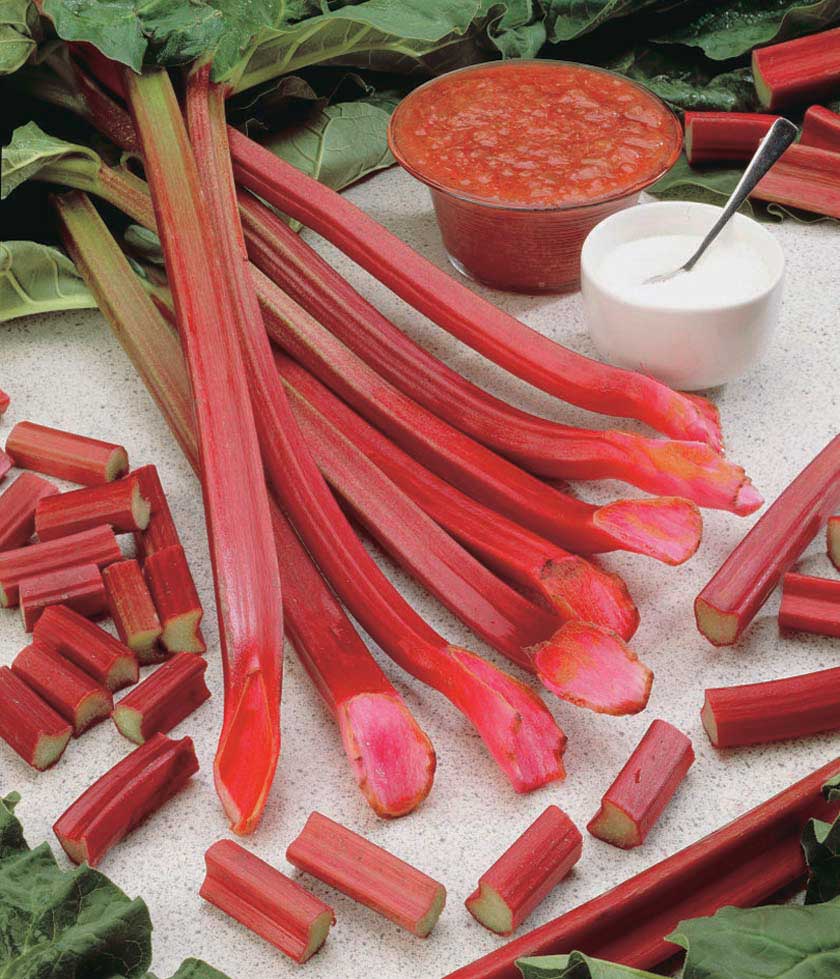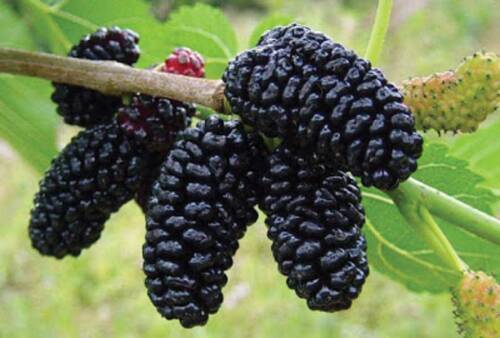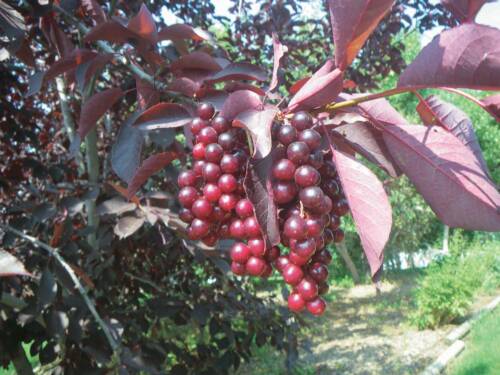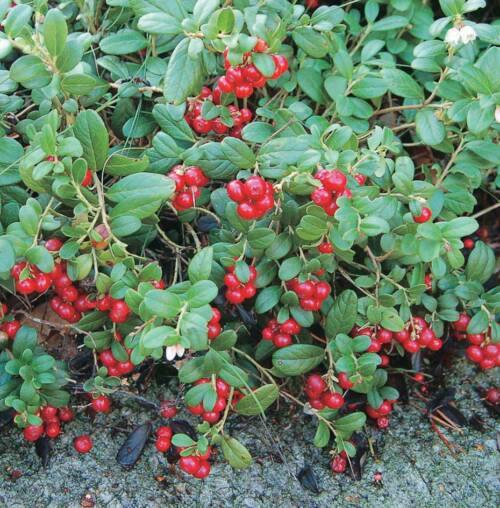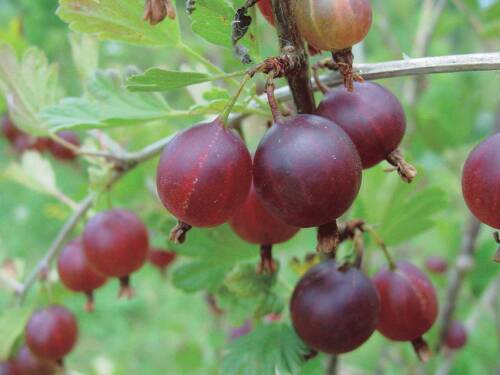Description



Rheum rhubarbarum ‘Valentine’
– Vigorous plants top in yields sweet, low-acid stalks that are perfect
for zesty sauces and pies without needing as much sugar. Cold-hardy and
heat-tolerant. It can be served as a sauce over ice cream, combined
with fresh strawberries, or made into pies, tarts, puddings, breads,
muffins, cakes, jam, jellies, and refreshing beverages. Rhubarb provides
vitamins C and K, calcium, potassium and fiber. It is also reported to
lower cholesterol, prevent blood clots which can lead to stroke and
heart attacks.
Planting Instructions
Do not soak these roots, plant directly into garden. Does best in an
open position and can be grown in most types of soil. It will tolerate
semi-shade. Soggy wet locations should be avoided. Plant 90 cm (35 in)
apart in soil that has been deeply mixed with peat moss or leaf mold.
Bury the root, leaving any new shoots just protruding from the soil.
Firm the soil and deeply water. Harvesting should commence the second
year. Pick only a few stems until the plants are well established. Cut
off any flowering spikes at once.
Crop Care
Rhubarb is easy to grow but with a bit of extra care and attention you
can increase your yield and produce a better quality stem.
At the end of the growing season give your plants a good feed in the
form of a top dressing of well rotted garden compost making sure you
don’t pile it up around the stems. Keep the area around the plant free
of weeds and give an occasional good soaking in prolonged dry periods.
Flower heads may appear in early Spring and these should be removed
quickly to stop the plant producing seed. If the happens your rhubarb
will be significantly weakened and will be unlikely to recover to full
strength.
Crown rot is the only issue likely to be a problem but can be avoided
by planting in well drained soil and being careful not to bury the
growing tips under compost.


